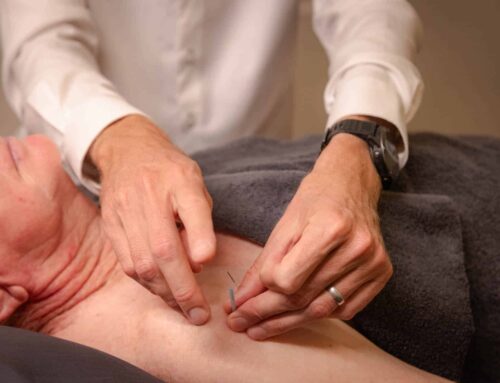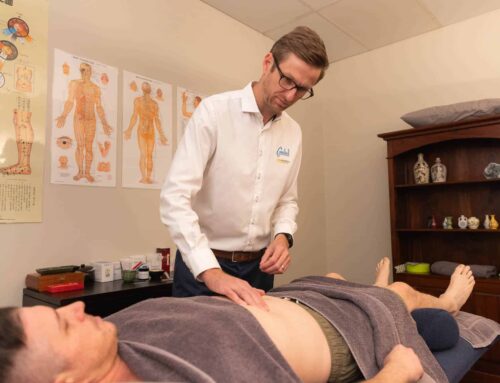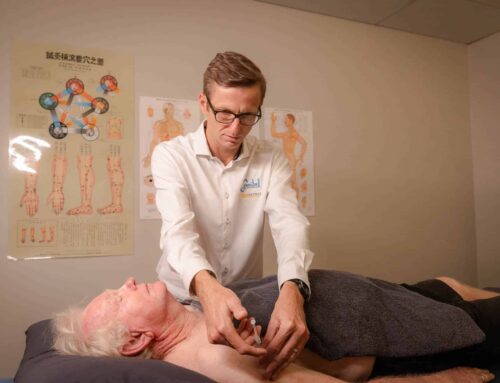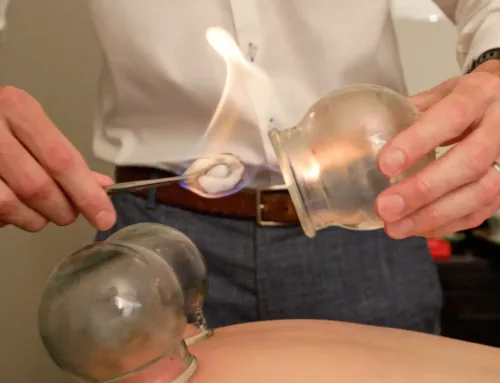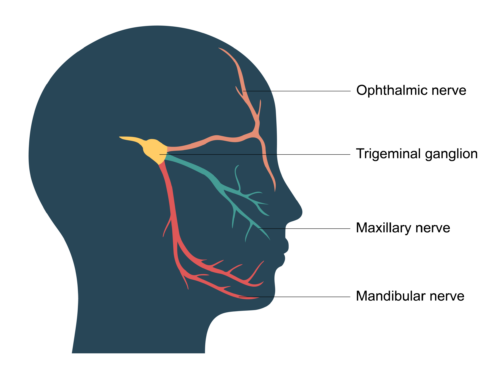Our Acupuncture clinic here on the Gold Coast sees many women during pregnancy presenting with lower back pain.
More than two thirds of women who are expecting experience lower back and pelvic pain during their pregnancy, usually in the second and third trimesters (2). For many, the pain is bad enough to interfere with sleep, work and other activities. In a 2004 study, one third of women reported that they had to stop at least one activity due to back pain (3).
It’s hardly surprising that pregnancy can deliver a wallop to the lower back. A woman who is pregnant carries an extra 9 to 20kgs of weight (2). That changes the way she stands and walks, which puts a strain on her back. Add in hormonal changes that make the pelvic joints wobbly and you have the perfect recipe for back pain.
The good news is that for most women, back pain is relieved after delivery, usually within six months. But you don’t have to wait until then to get some relief. Exercise, acupuncture and other remedies can assist back pain, or at least make it manageable. And if you are planning on becoming pregnant, you can take steps now to try to avoid back pain. Stay active, or get active if you aren’t already. Studies show that women who have a sedentary lifestyle before they become pregnant have an increased risk of back pain (2, 4).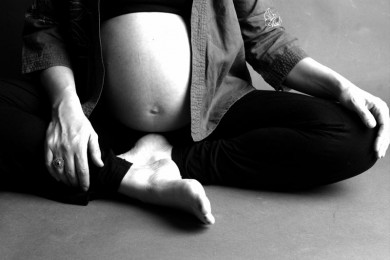
How Pregnancy Impacts Your Back
What makes pregnancy such a pain in the back? It’s usually the result of several things. The new weight a pregnant woman carries in front shifts her body’s center of gravity, which puts more pressure on the lower spine. In order to balance the new load, many women change their posture to a swayback position, which adds even more pressure to the lower back. To make things worse, the stomach muscles stretch during pregnancy and can no longer support the torso. The muscles of the lower back pick up the slack, and they must work harder and harder as the torso gets heavier.
Hormonal changes may also contribute to back pain. In preparation for delivery, a hormone aptly named “relaxin” relaxes and softens the tissues of the pelvic joints. Normally, these joints help support the spine. When they loosen during pregnancy, it can cause pain and inflammation not just in the pelvis, but also across the lower back.
Another possible culprit is the expanding uterus. As the uterus grows, it presses on certain blood vessels, especially when a woman is lying down at night. One theory is that this pressure reduces the flow of oxygen-rich blood to the pelvis and lower spine, causing pain (2).
6 Ways to Ease the Pain
No matter what’s causing the back pain, there are steps you can take to get relief. Several studies show that the best results come from exercises that strengthen the abdomen and lower back, water aerobics, acupuncture and the use of support pillows at night (4). But those aren’t the only options. Try some or all of the remedies below until you find the ones that work best for you. Be sure to talk to your doctor if your back pain persists. Backache that doesn’t go away can be a sign of preterm labor, an infection or other serious problems.
1. Exercise:
A strengthening exercise called the pelvic tilt is one of the best for relieving and preventing back pain. Here’s how to do it: Get down on your hands and knees. Bend your elbows slightly and make sure your back is flat, like a table, and your head in line with your back. Pull in your stomach by contracting your muscles, curving your back slightly. Hold for a few seconds and release. Gradually work up to 10 to 20 repetitions.
Ask your doctor about other exercises such as lower back extensions and Kegel exercises — that can help strengthen your back and abdomen. Try taking a water aerobics class. And be sure to include gentle physical activities like walking and swimming in your daily routine.
2. Acupuncture and Massage:
The nearly painless insertion of very thin needles in the skin has been a key component of Chinese medicine for centuries. Traditional practitioners say that it works by re-balancing the flow of energy known as qi through the body. Many Western practitioners believe that it works by boosting the body’s natural painkillers. However it works, acupuncture seems to help pregnant women. A 2007 study found that 60 percent of pregnant women who received acupuncture treatments reported a decrease in back pain (4). Prenatal back massage may also help relieve back pain.
3. Sleeping Position and Pillow Support:
Sleep on your side instead of your back and try keeping one or both knees bent. Research shows that using a pillow to support your abdomen, especially during the last trimester, can make a real difference (4). A wedge-shaped pillow seems to work best, if you can find one. Also try placing a pillow between your knees at night.
4. Gear Up:
Wear shoes with low heels and good arch support. Maternity support belts can relieve pain by making the pelvic joints more stable, and some women find maternity pants helpful. You can also try using a heating pad to apply heat to the problem area.
5. Perfect Your Posture:
Take some pressure off your lower back muscles by standing up straight instead of leaning back. If you have to stand for a long time, try resting one foot on a low stool. It helps to sit up straight, too. Use a chair that supports your back and try putting a small pillow behind your lower back for extra support.
6. Don’t Overdo It:
Ask for help when you need it, especially when lifting heavy objects or doing other activities that can strain your back.
References
1. McDonald J, Janz S. The Acupuncture Evidence Project: A Comparative Literature Review (Revised edition). Brisbane: Australian Acupuncture and Chinese Medicine Association Ltd; 2017. http://www.acupuncture.org.au.
2. Sabino J, Grauer J. Pregnancy and low back pain. Current Reviews in Musculoskeletal Medicine. 2008;1:137-141.
3. Wang SM, Dezinno P, Maranets I, et al. Low back pain during pregnancy: prevalence, risk factors, and outcomes. Obstet Gynecol. 2004;104:65-70.
4. Pennick V, Young G. Interventions for preventing and treating pelvic and back pain in pregnancy. Cochrane Database of Syst Rev. 2007; 2:CD001139.doi:10.1002/14651858.
CD001139.pub2


